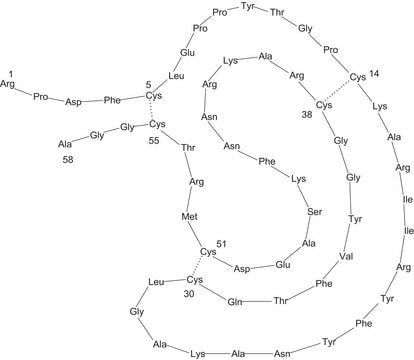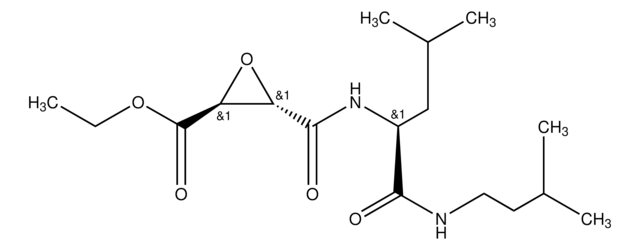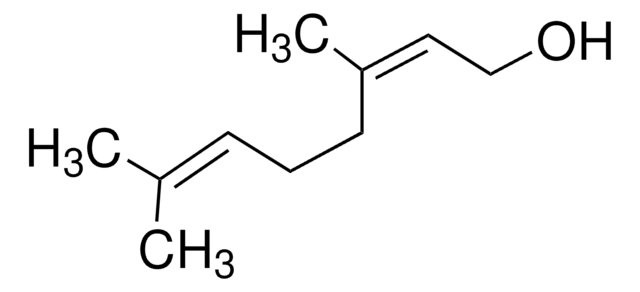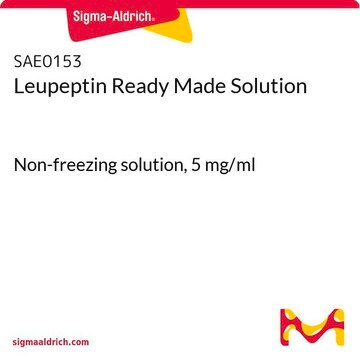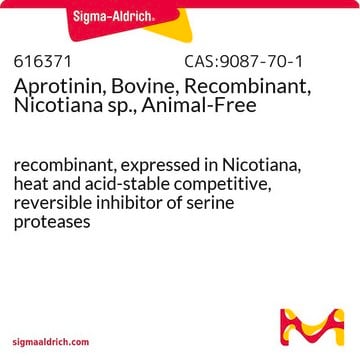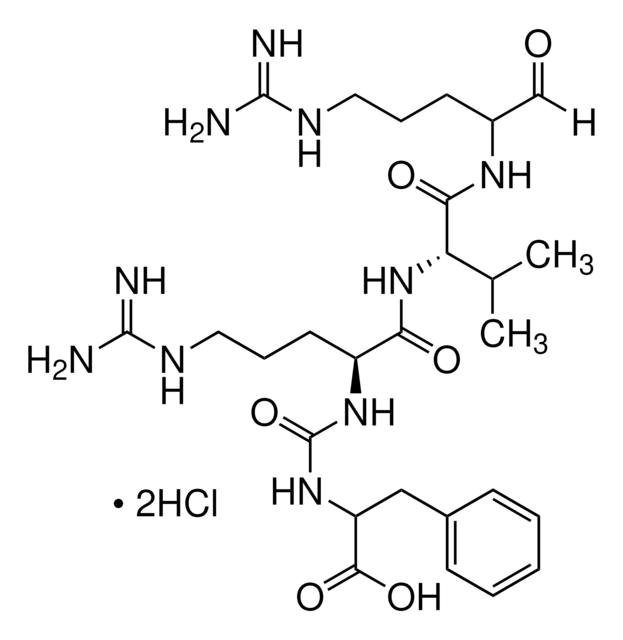108975
Leupeptin, Hemisulfate, Microbial
Leupeptin hemisulfate, CAS 103476-89-7, is a reversible inhibitor of trypsin-like proteases and cysteine proteases
Synonym(s):
Leupeptin, Hemisulfate, Microbial, Ac-LLR-CHO, ½H₂SO₄
Sign Into View Organizational & Contract Pricing
Select a Size
All Photos(1)
Select a Size
Change View
About This Item
Empirical Formula (Hill Notation):
C20H38N6O4 · 0.5H2SO4
CAS Number:
Molecular Weight:
475.59
MDL number:
UNSPSC Code:
12352202
NACRES:
NA.77
Recommended Products
Quality Level
description
Merck USA index - 14, 5456
assay
≥90% (HPLC)
form
lyophilized solid
manufacturer/tradename
Calbiochem®
storage condition
OK to freeze
desiccated (hygroscopic)
color
white
solubility
water: 50 mg/mL
shipped in
ambient
storage temp.
−20°C
General description
A reversible inhibitor of trypsin-like proteases and cysteine proteases. Also known to inhibit activation-induced programmed cell death and to restore defective immune response in HIV+ donors. Often used for the inhibition of endoproteinase Lys-C, kallikrein, papain, plasmin, thrombin, cathepsin B, and trypsin. Leupeptin does not inhibit chymotrypsin, elastase, renin, or pepsin. The recommended working range is 10-100 µM for most applications.
Biochem/physiol Actions
Cell permeable: no
Primary Target
trypsin- and cysteine-like proteases
trypsin- and cysteine-like proteases
Product does not compete with ATP.
Reversible: yes
Warning
Toxicity: Standard Handling (A)
Sequence
Ac-Leu-Leu-arginal, hemisulfate
Reconstitution
Following reconstitution, aliquot and freeze (-20°C) for long term storage or refrigerate (4°C) for short term storage. Aqueous stock solutions are stable for up to 1 week at 4°C or for up to 1 month at -20°C.
Other Notes
Montenez, J.P., et al. 1994. Toxicol. Lett. 73, 201.
Sarin, A., et al. 1994. J. Immunol.153, 862.
Sarin, A., et al. 1994. J. Immunol.153, 862.
Legal Information
CALBIOCHEM is a registered trademark of Merck KGaA, Darmstadt, Germany
Storage Class
11 - Combustible Solids
wgk_germany
WGK 3
flash_point_f
Not applicable
flash_point_c
Not applicable
Certificates of Analysis (COA)
Search for Certificates of Analysis (COA) by entering the products Lot/Batch Number. Lot and Batch Numbers can be found on a product’s label following the words ‘Lot’ or ‘Batch’.
Already Own This Product?
Find documentation for the products that you have recently purchased in the Document Library.
Customers Also Viewed
Fang Wu et al.
Nature communications, 14(1), 6208-6208 (2023-10-06)
Lysine acetylation has been discovered in thousands of non-histone human proteins, including most metabolic enzymes. Deciphering the functions of acetylation is key to understanding how metabolic cues mediate metabolic enzyme regulation and cellular signaling. Glucose-6-phosphate dehydrogenase (G6PD), the rate-limiting enzyme
John M Barbaro et al.
Journal of leukocyte biology, 112(5), 1317-1328 (2022-10-08)
HIV-associated neurocognitive impairment (HIV-NCI) is a debilitating comorbidity that reduces quality of life in 15-40% of people with HIV (PWH) taking antiretroviral therapy (ART). Opioid use has been shown to increase neurocognitive deficits in PWH. Monocyte-derived macrophages (MDMs) harbor HIV
Joel Vega-Badillo et al.
STAR protocols, 4(2), 102336-102336 (2023-06-04)
Binding affinity quantitatively describes the strength of a molecular interaction and is reported by the equilibrium dissociation constant (KD). Here, we present a protocol to measure KD of mammalian microRNA-loaded Argonaute2 protein by double filter binding. We describe steps for
Lisa Marquardt et al.
Autophagy, 19(1), 278-295 (2022-05-17)
The yeast PROPPIN Atg18 folds as a β-propeller with two binding sites for phosphatidylinositol-3-phosphate (PtdIns3P) and PtdIns(3,5)P2 at its circumference. Membrane insertion of an amphipathic loop of Atg18 leads to membrane tubulation and fission. Atg18 has known functions at the
Mohammad Haeri et al.
Methods in molecular biology (Clifton, N.J.), 884, 17-39 (2012-06-13)
Transgenesis, the process of incorporating an exogenous gene (transgene) into an organism's genome, is a widely used tool to develop models of human diseases and to study the function and/or regulation of genes. Generating transgenic Xenopus is rapid and involves
Our team of scientists has experience in all areas of research including Life Science, Material Science, Chemical Synthesis, Chromatography, Analytical and many others.
Contact Technical Service


